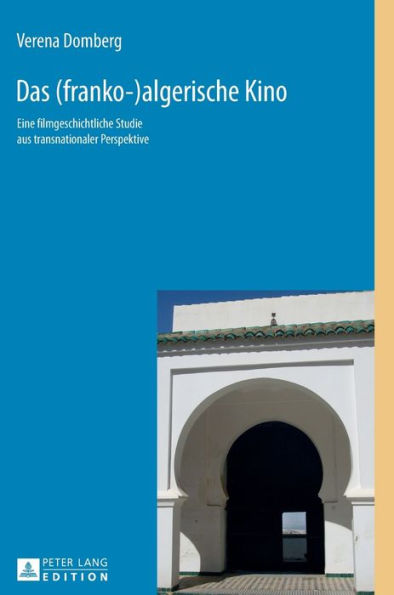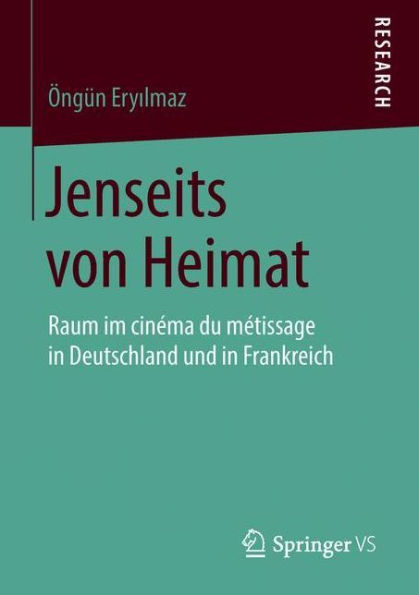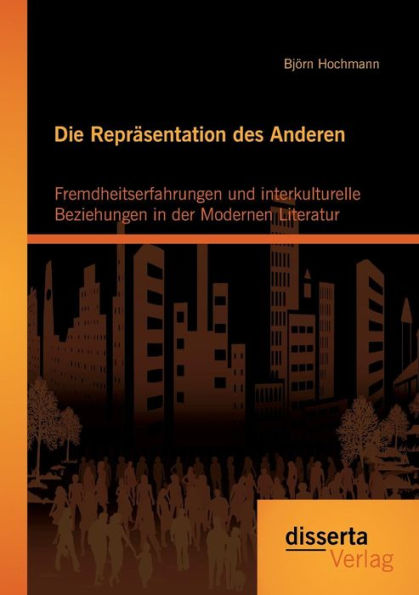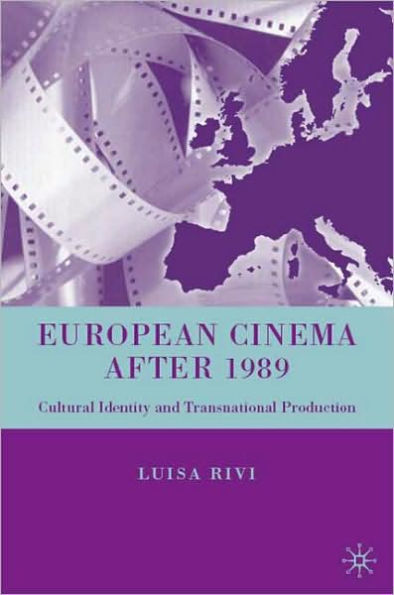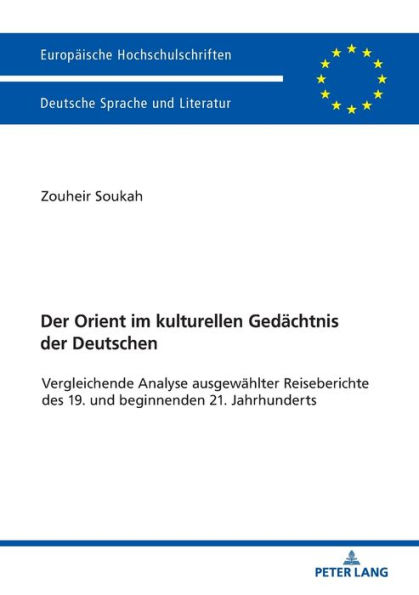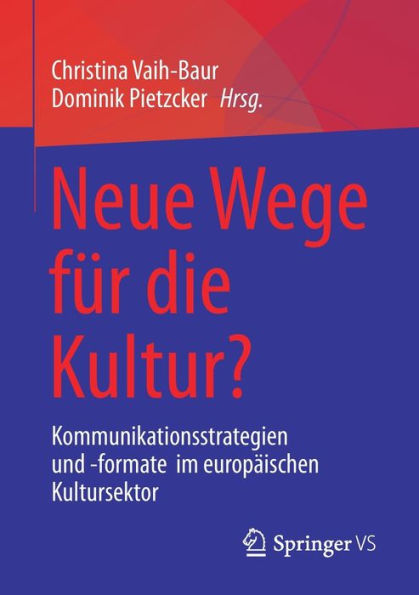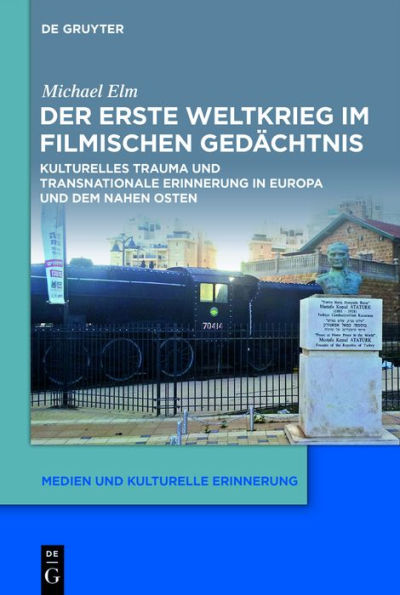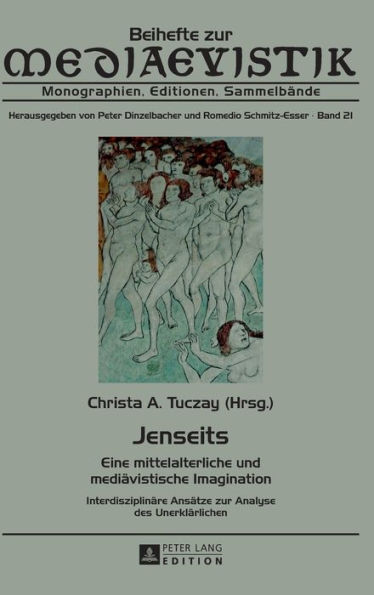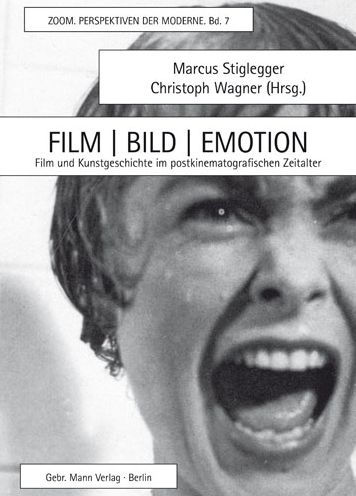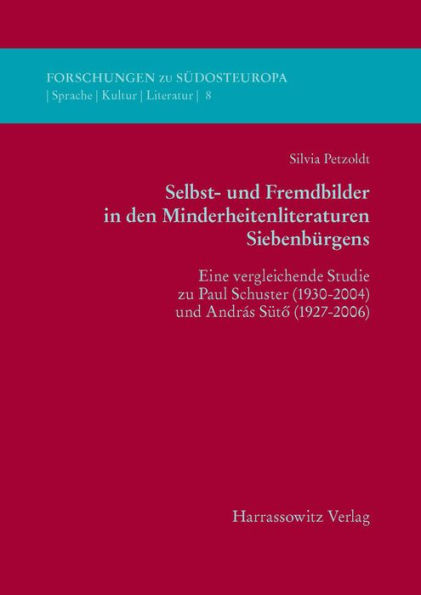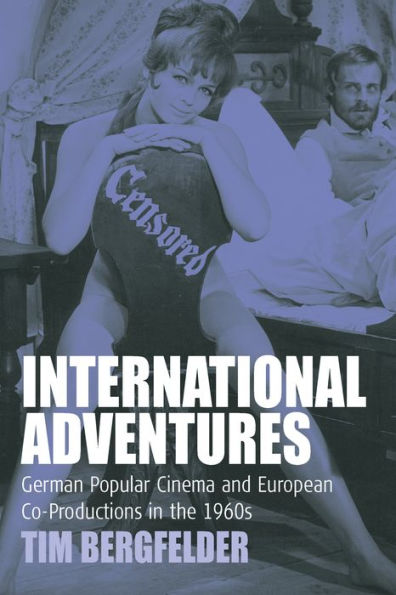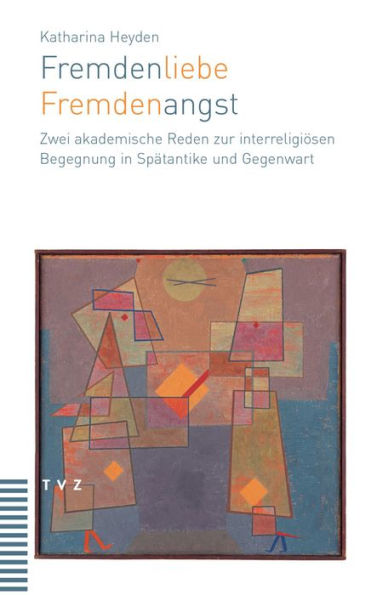Home
Jenseits des Orientalismus: Neues Fremdbild und neue Kulturpsyche in Filmen europaischer Regisseure 1980-2010


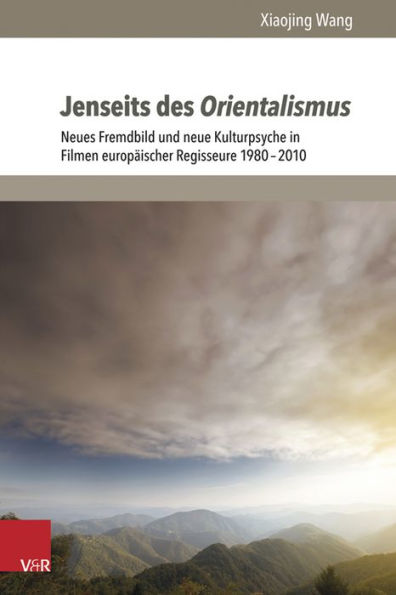
Jenseits des Orientalismus: Neues Fremdbild und neue Kulturpsyche in Filmen europaischer Regisseure 1980-2010
Current price: $64.00
Loading Inventory...
Size: OS
English summary: Misunderstandings appear to be one of those things which happen extremely often. We cannot judge our neighbour from across the street objectively, not to mention a stranger on the other side of the world. An equal dialogue between the cultures of the West and the East therefore hardly seems achievable. Following a thorough analysis of images of China and Tibet in European films from 1980 to 2010, I nevertheless found that an equal dialogue between the West and the East is not only possible but is also slowly being realised. The world does not stay still; Europe is changing. The research thus aimed to clarify in which direction the transformation of the European image of the Other is moving and to determine the new European attitude towards the Far East. As Greenblatt points out, the relationship between a work of art and the dominant ideology of the time in which it is produced is ambiguous. As becomes clear in the case of the European films from the period of 1980 to 2010, an orientalist colouring remains at the manifest level of cinematic texts. However, beyond this a creative rebellion is to be found on the latent level of the films. In other words, the basic function of the image of the Other in these films is not to allow Europe to become distinguished from the Other, but to build up a wide "imaginary community" of several cultures. German description: Vorurteile scheinen zu den Dingen auf der Welt zu gehoren, die besonders haufig vorkommen und unser Denken und Handeln unterbewusst beeinflussen. Ein gleichberechtigter Dialog zwischen den Kulturen des Westens und des Ostens scheint so kaum realisierbar zu sein. Diese Analyse des China- und Tibetbildes in europaischen Filmen von 1980 bis 2010 zeigt jedoch, dass ein gleichberechtigter Dialog zwischen dem Westen und dem Osten nicht nur moglich ist, sondern sich auch langsam verwirklicht. Die Welt bewegt sich; Europa wandelt sich. Diese Arbeit untersucht, in welche Richtung sich das Fremdbild der Europaer gewandelt hat und welcher Art die neue europaische Haltung gegenuber dem Fernen Osten ist.
